The Department of Science and Technology (DOST) recently shared on social media that an asteroid has been named after a 60-year-old Filipino medical doctor and amateur astronomer by a Paris-based astronomy nongovernmental group.
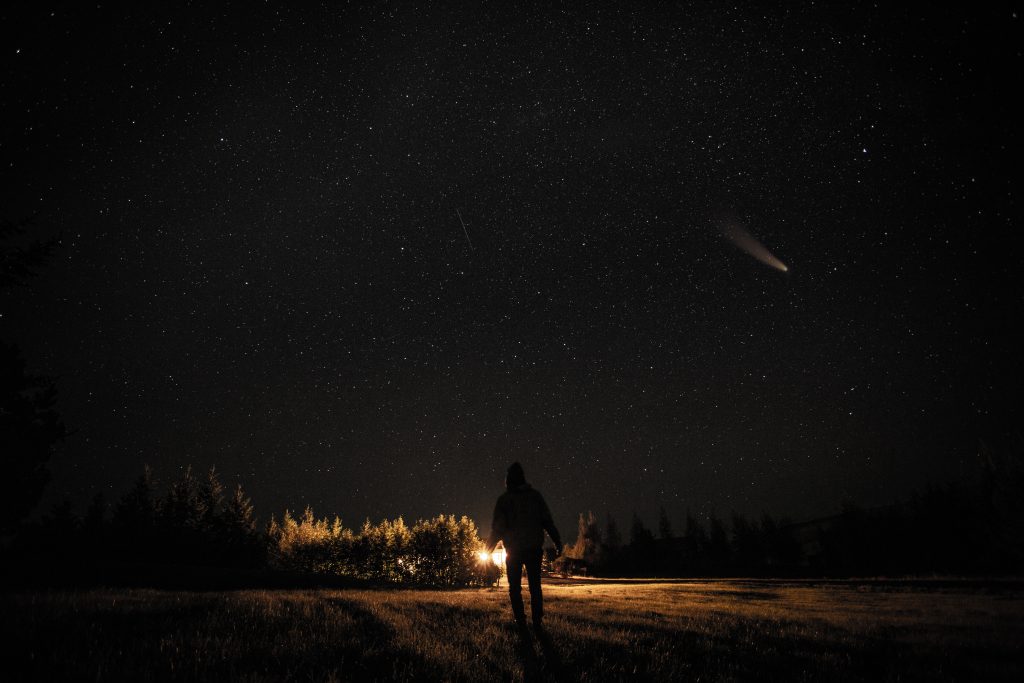
The International Astronomical Union (IAU) officially named the 8-kilometer-wide asteroid “7431 Jettaguilar” in honor of Dr. Jose Francisco “Jett” Aguilar, a neurosurgeon at the Philippine Children’s Medical Center, Philippine General Hospital, and Cardinal Santos Medical Center, according to the DOST.
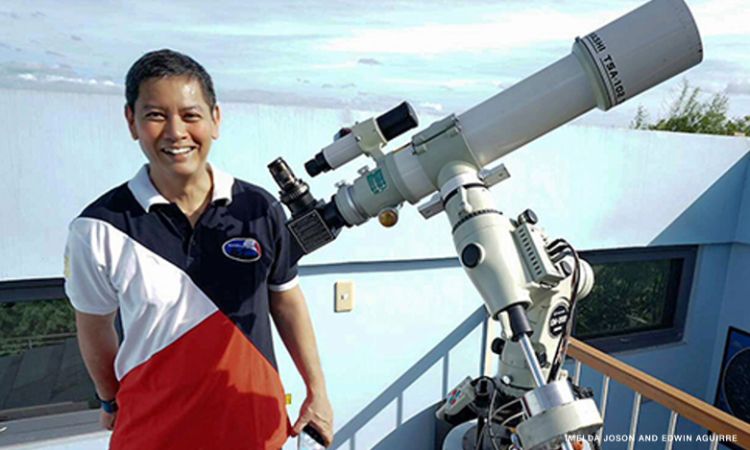
According to the agency, Aguilar has been delivering neurosurgical treatments to Filipino infants for more than 20 years and is well-known in the medical community for successfully extracting a parasitic twin from a three-week-old kid in 2019.
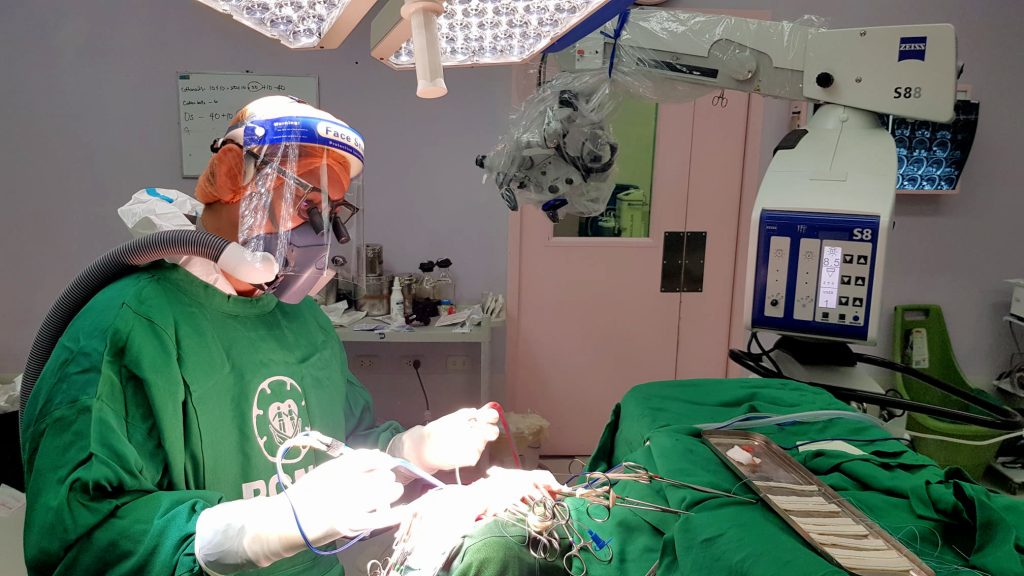
“He is also the clinical director of the Philippine Movement Disorder Surgery Center, which pioneered ‘Deep Brain Stimulation’ surgery for Filipino patients afflicted with a rare genetic movement disorder called ‘X-Linked Dystonia Parkinsonism,'” the DOST said in a statement.
For more than 15 years, Aguilar has been a dedicated astrophotographer, and his images of the Sun, Venus’ transit, lunar eclipses, and other celestial occurrences have appeared on Spaceweather.com and Skyandtelescope.org.
The IAU was approached about naming the asteroid in honor of Aguilar’s contributions to medicine and Philippine astronomy. Meanwhile, the asteroid named after the doctor circles the Sun between the orbits of Mars and Jupiter.
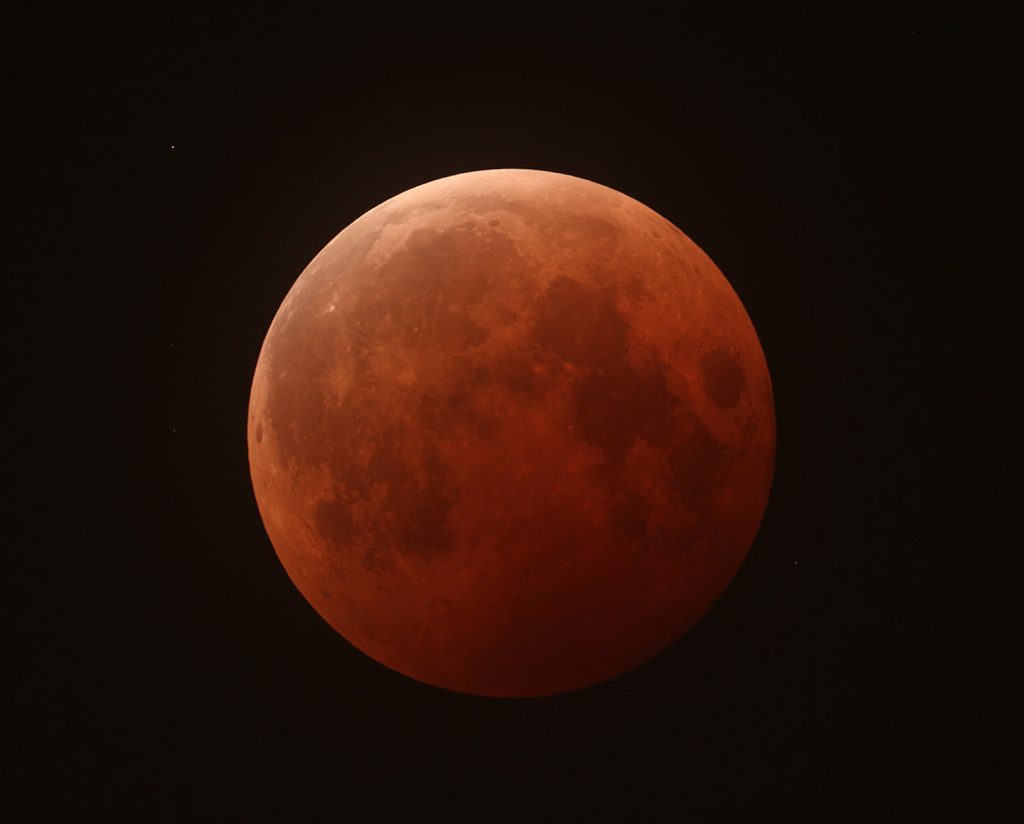
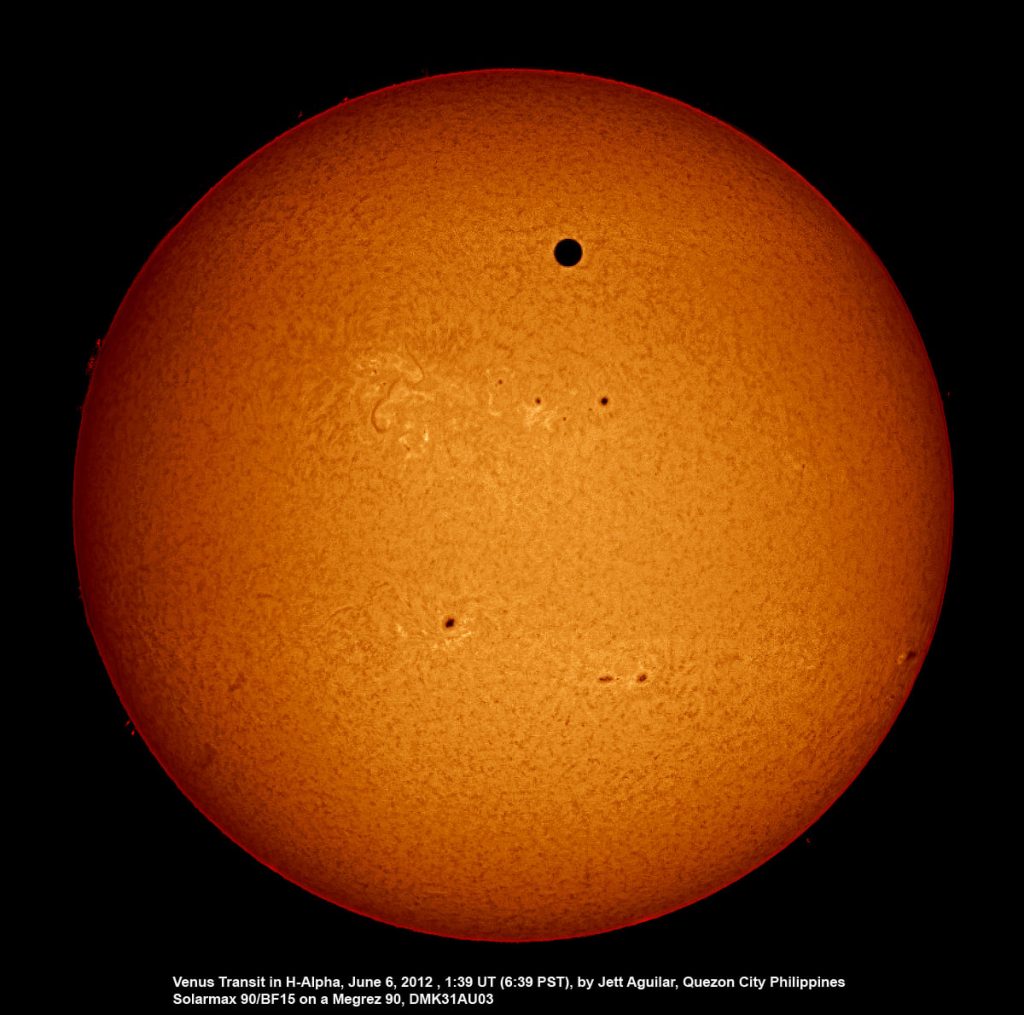
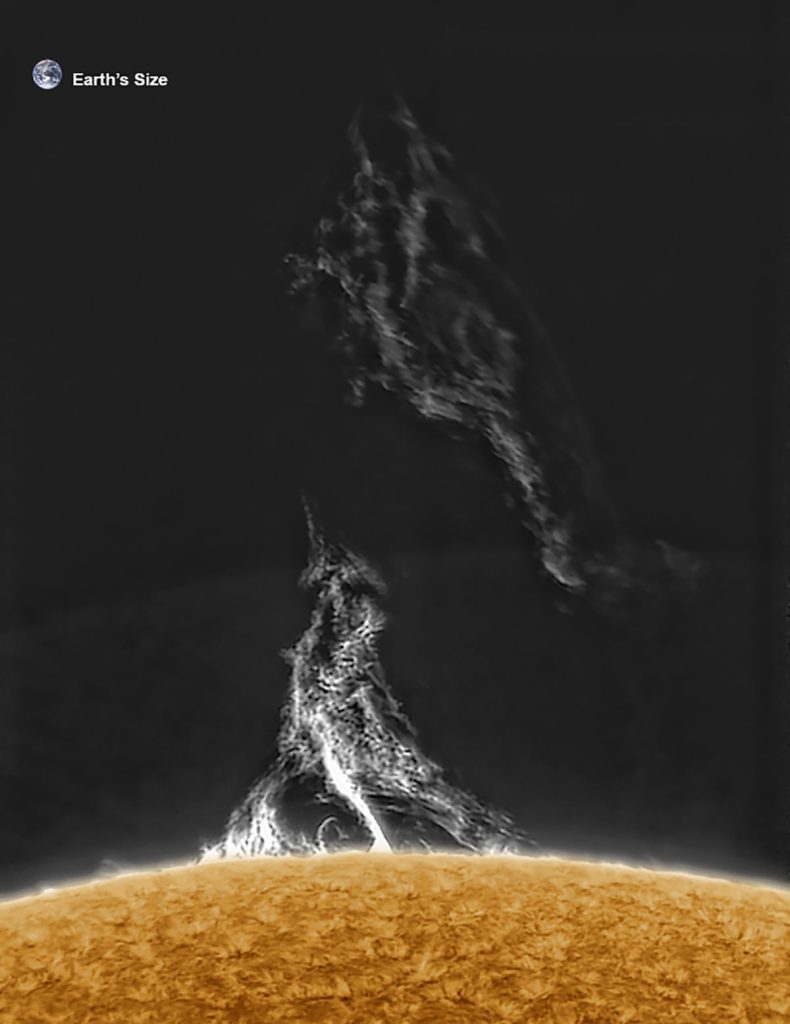
prominence,” was captured by Dr. Jett Aguilar on May 16, 2015, from his home observatory in
Quezon City using a 100-millimeter Lunt hydrogen-alpha telescope. | Photo from Fortunato de la Peña
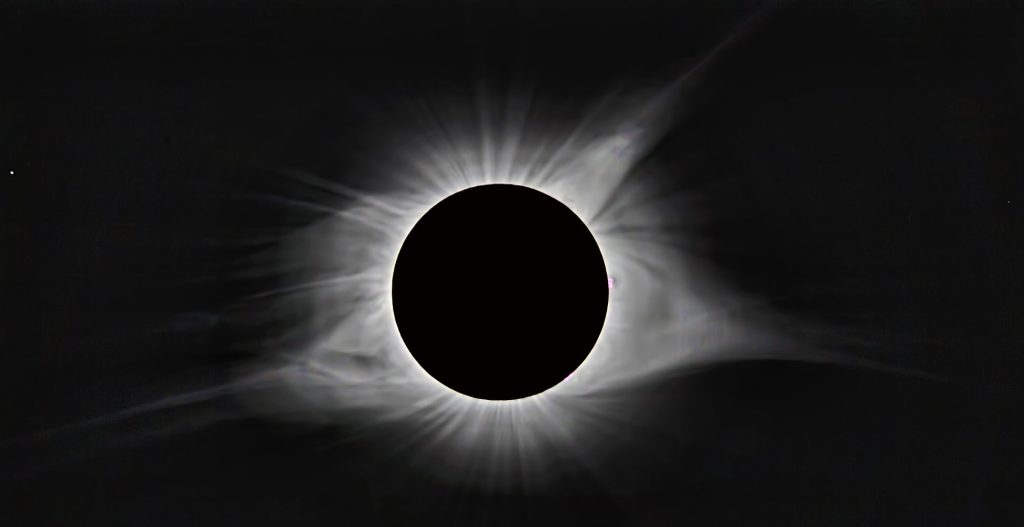
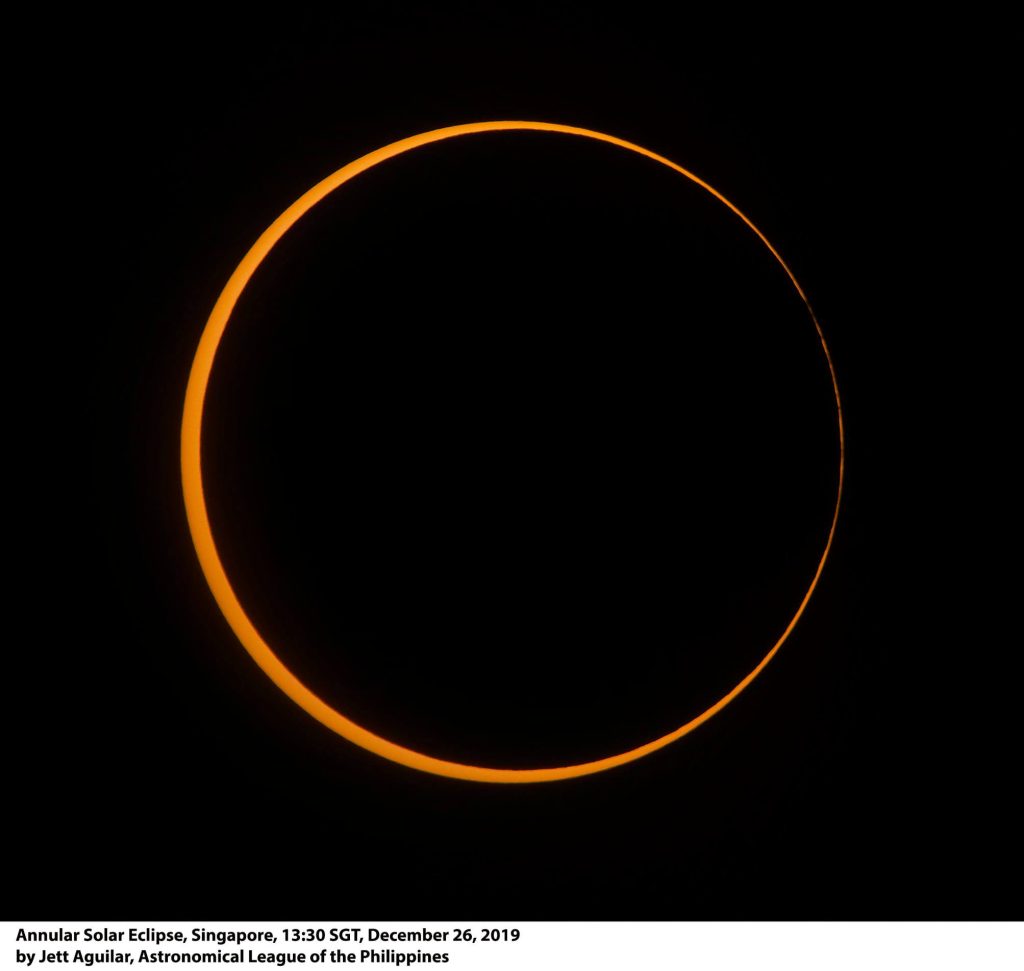


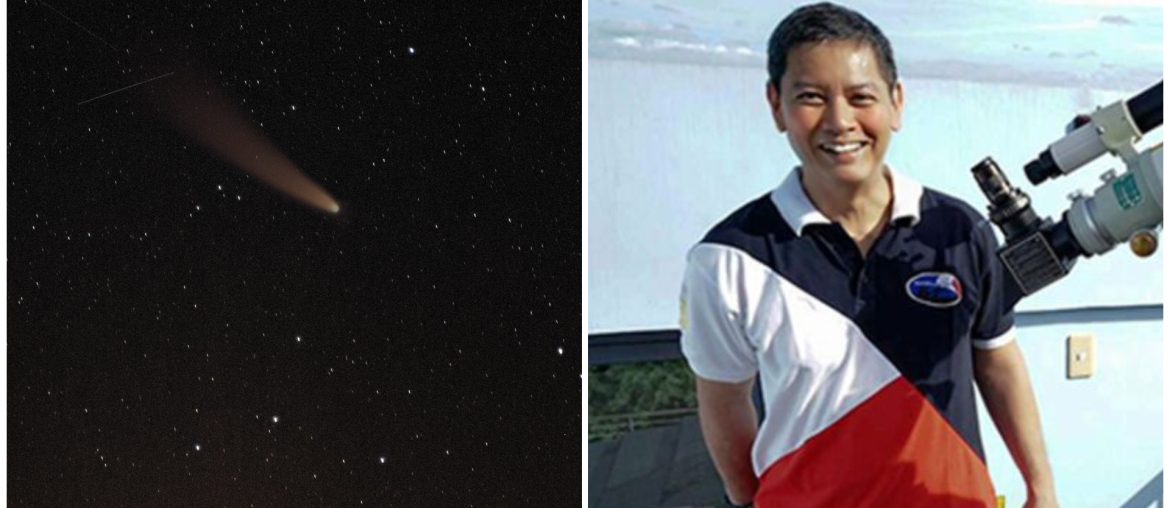
Comments are closed.